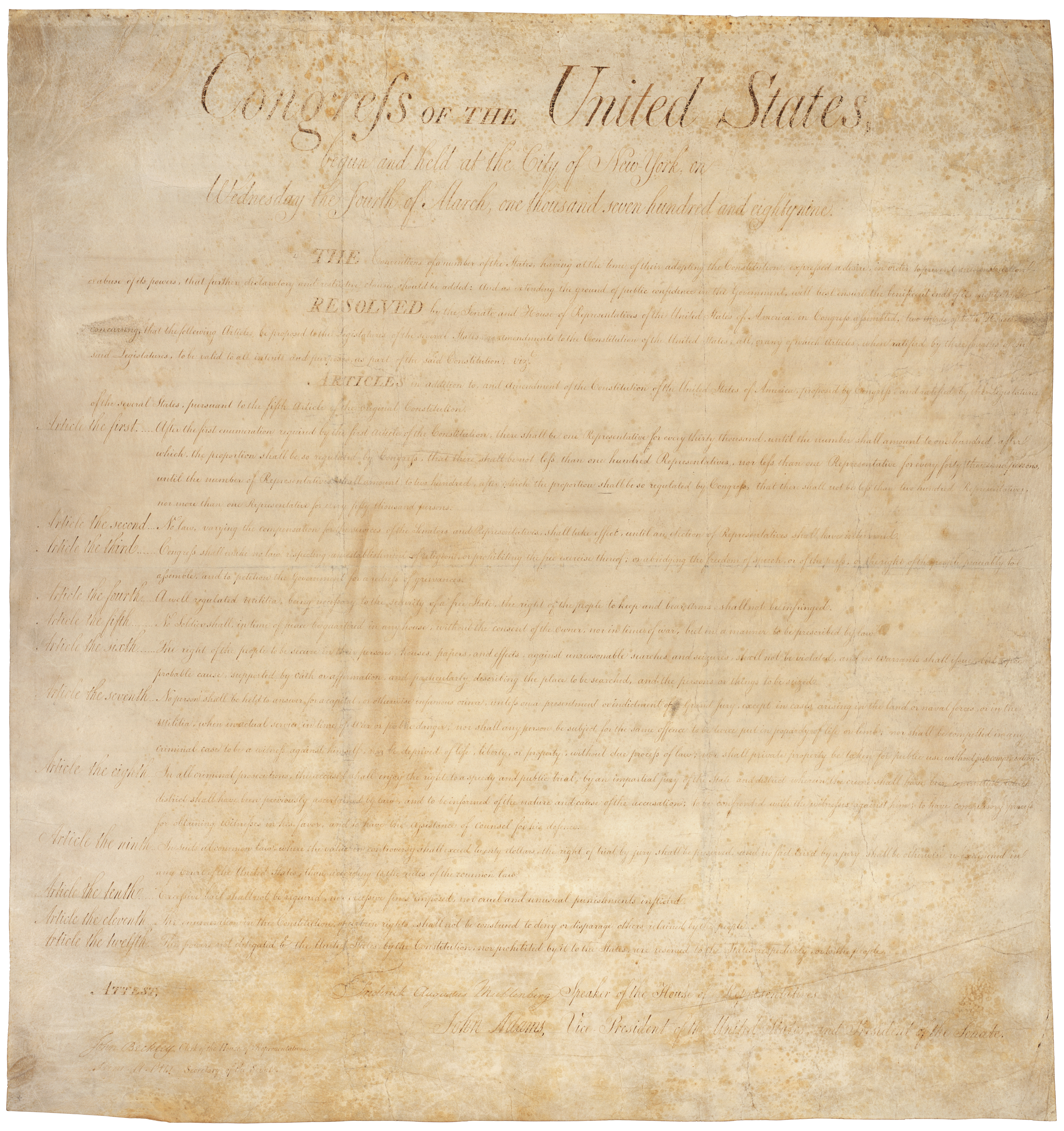
Right to petition in the United States
In the United States, the right to petition is enumerated in the First Amendment to the United States Constitution, which specifically prohibits Congress from abridging "the right of the people peaceably to assemble, and to petition the Government for a redress of grievances".
Although often overlooked in favor of other more famous freedoms, and sometimes taken for granted,[1] many other civil liberties are enforceable against the government only by exercising this basic right.[2][1]
According to the Congressional Research Service, since the Constitution was written,[3]
First use[edit]
The first[12] significant exercise and defense of the right to petition within the U.S. was to advocate the end of slavery by sending Congress well over a thousand petitions on the topic, signed by some 130,000 citizens.[13] Starting in 1836, the House of Representatives adopted a series of gag rules that automatically tabled indefinitely all such anti-slavery petitions, and prohibited their discussion.[13] The Senate took similar action. Former president John Quincy Adams and other Representatives eventually achieved repeal of these rules in 1844 on the basis that it was contrary to the Constitutional right (in the First Amendment) to "petition the government for the redress of grievances".[13]